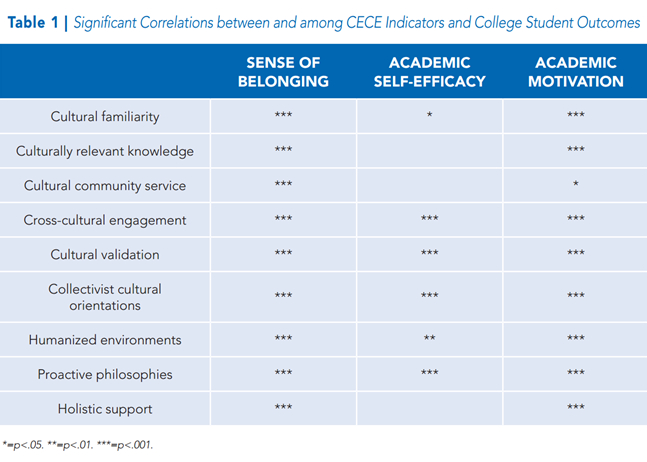You have /5 articles left.
Sign up for a free account or log in.
Across the country, many colleges are making the same promises: we will do more to support our minority students. We care deeply about diversity. We are committed to an inclusive campus.
But what, exactly, does that commitment look like?
“One of the issues with diversity efforts and conversations is they lack focus. They're all over the place,” Samuel Museus said. “You ask 50 people what that means, and they’ll tell you 50 different things.”
Museus is the director of Indiana University at Bloomington’s Culturally Engaging Campus Environment Project, an initiative created to help colleges attain that focus. Last month, the project released a survey that colleges can use to encourage inclusive campus environments. Colleges that register will administer the survey to students during the 2016-17 academic year, and Museus hopes the results will help those colleges make meaningful changes.
But first, to design the survey, Museus needed to answer a question: What factors help diverse populations thrive in college?
A few years ago, Museus designed what he calls the CECE Model: nine elements that encourage inclusivity on campus. His ideas, published in 2014, were the culmination of his own work and 25 years of outside research. Exhibiting all nine, Museus said, leads to “students being more engaged, feeling more connected to their campus, feeling like they belong and then ultimately succeeding.”
The nine elements are divided into two categories: cultural relevance and cultural responsiveness. The first five elements, grouped under cultural relevance, have to do with how well a campus environment reflects students’ backgrounds. For instance: students can connect with others who understand their backgrounds, and they can seek out opportunities to learn more about their own cultures.
The last four elements, grouped under cultural responsiveness, have to do with how well campus support systems respond to the needs of a diverse student body. At a culturally responsive campus, students might be able to ask for help from trusted faculty members, and support services are both available and visible.
To measure those nine elements, Museus created a scale. After testing the scale on three campuses, the researchers found the nine elements correlated with positive student outcomes.

The strength of the correlations varied, but Museus said that could change once more students take the survey. “If we had a larger sample,” he said, “it could very well be we would see every relationship in that box being significant.”
The final survey includes 30 questions based on Museus’s scale, along with another set of questions to measure factors like demographic characteristics, student motivation and learning outcomes. Students are asked how much they agree or disagree with statements like, "It is easy to find people on campus who understand me" and "On campus, there are enough opportunities to gain knowledge about my own cultural community."
Colleges can compare their scores with their peers, watch how they improve from year to year and see which areas need the most work. Because the survey includes demographic information, colleges can see if they're serving certain groups better than others. Then they can work on embedding the nine elements in policies, programs and curriculum design.
Students of all backgrounds fill out the survey, and Museus is finding that the nine indicators are important across the board. "White students also want to connect with spaces that are relevant to who they are and where they come from," he said. "They also want to learn knowledge that is relevant to their families and their communities."
But scores in hand, how are college leaders to ensure that their campus improves? Museus said that, while everyone can focus on all nine elements, certain areas of campus may be naturally suited to tackle certain elements. For instance: It’s easier for students to learn about different cultures in classrooms than in advising appointments. Depending on enrollment, colleges pay between $2,100 and $8,000 to administer the survey, which is distributed to all enrolled undergraduates. For interested colleges, a separate survey is available for graduate students.
But however colleges choose to use their scores, Museus believes it's critical that they can access data about their performance: once they understand detailed, specific information about their successes and shortcomings, they will have a way forward.
“Nationally, conversations about student success do not meaningfully incorporate what we know about diversity into the conversation,” he said. “The model and survey are designed to provide a road map.”








